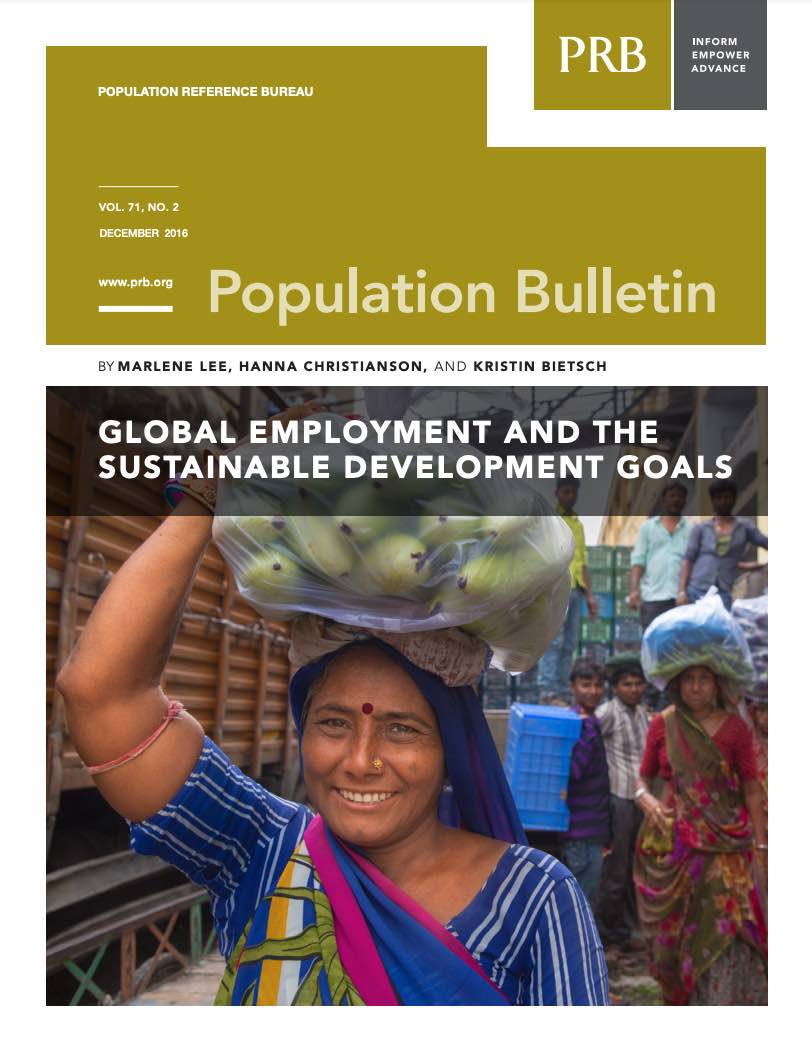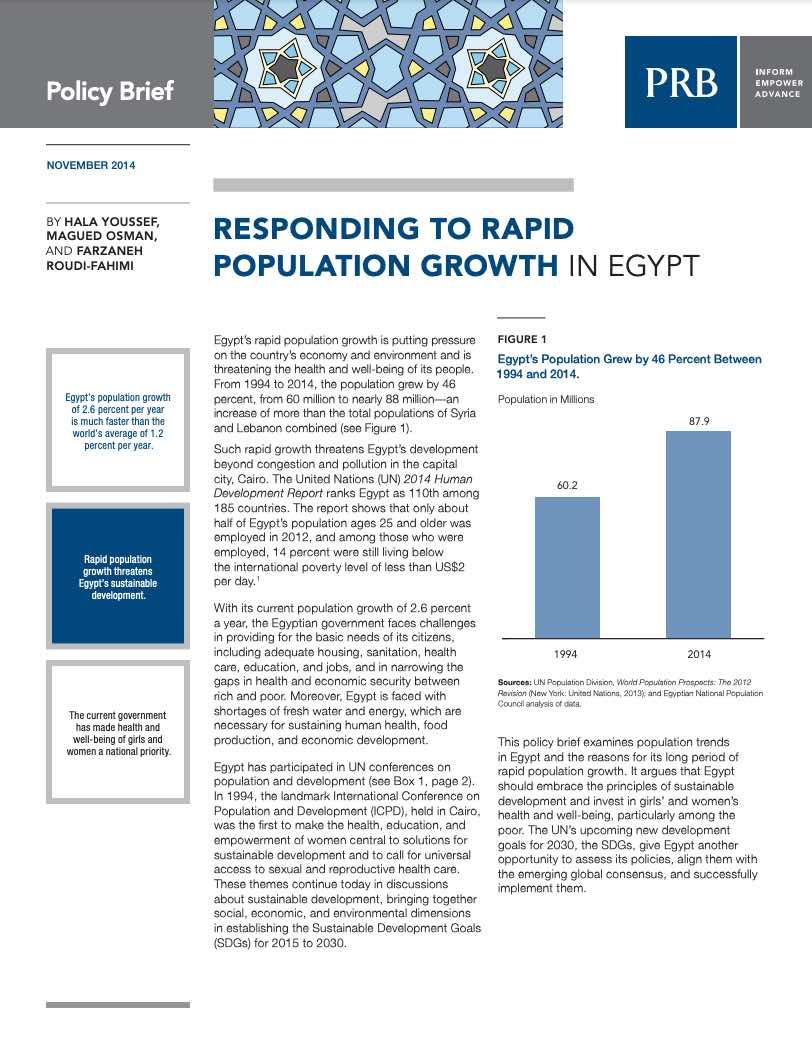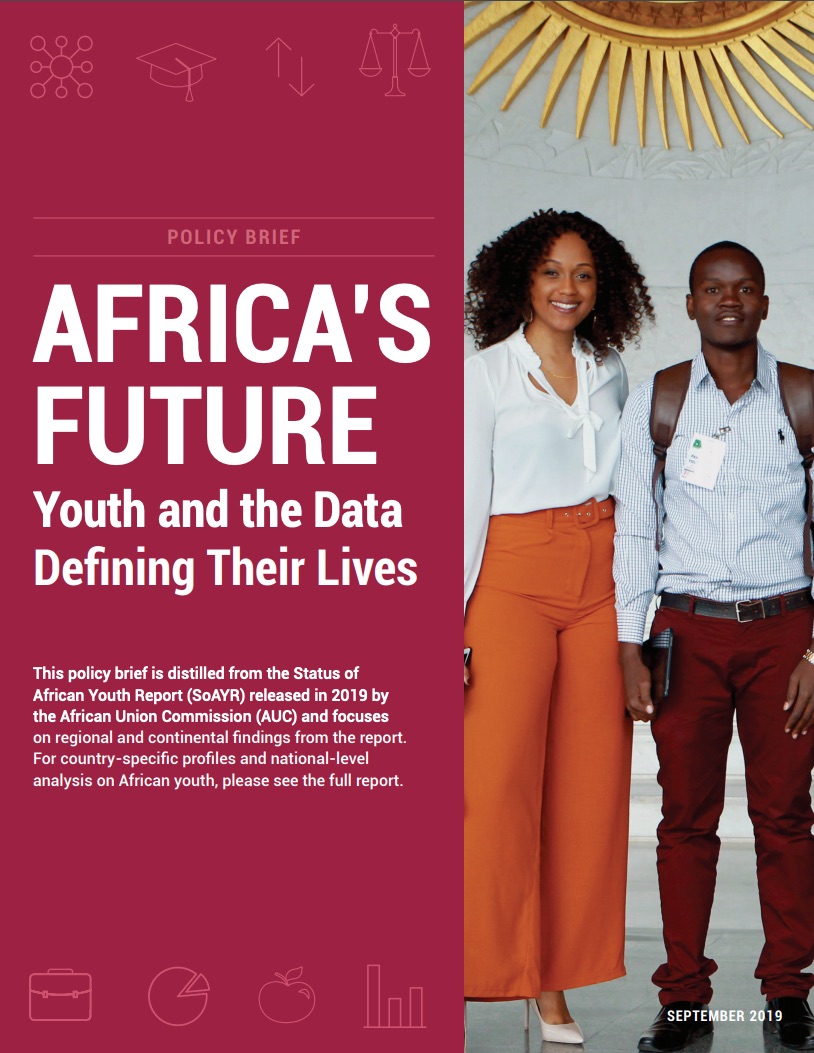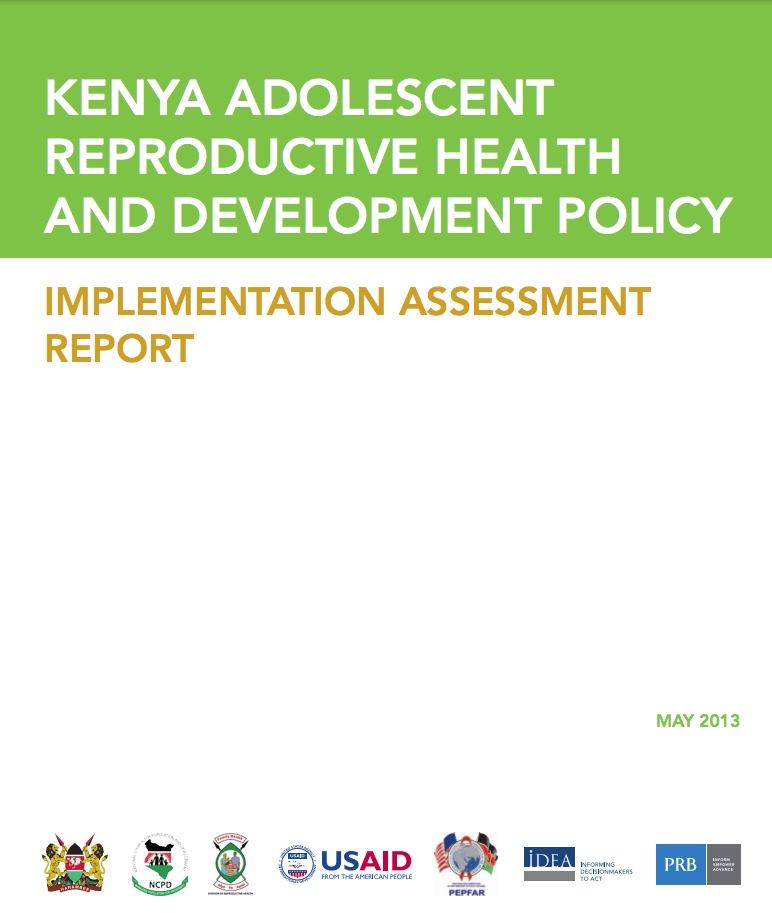Israel’s Demography Has a Unique History
(2014) Israel's demographic patterns and trends are unique, reflecting the complex political, cultural, and religious future of the region.
(2014) Israel's demographic patterns and trends are unique, reflecting the complex political, cultural, and religious future of the region.

The United Nations Sustainable Development Goal 8 calls for full and productive employment and decent work for all. In our latest Population Bulletin, we explain how demographic trends will have a bearing on whether and how rapidly this and other SDG goals are achieved.

(November 2014) Egypt's rapid population growth is putting pressure on the country's economy and environment and is threatening the health and well-being of its people.
(2016) As countries around the world embark on a drive to achieve the sustainable development goals (SDGs) by 2030, the concept of a demographic dividend is attracting increased attention among policymakers seeking more sustainable economies.
The Kenya Population Data Sheet 2011 provides population, health, and environment data compared over time, and among regions, wealth quintiles, and education levels.

Project: Demography and Economics of Aging and Alzheimer’s Disease
Today’s Research on Aging, No. 37: Working longer can reduce public spending and enable some older workers to enter retirement with more financial security. But are older Americans healthy enough to work longer?
Many countries in Asia and Latin America have experienced impressive economic growth over the last two decades, and researchers, economists, and demographers have attributed these gains in part to demographic changes that have facilitated growth.

Project: Supporting Population Evidence and Champions in Africa (SPEC)
By 2030, young Africans are expected to make up 42 percent of the world’s youth and account for 75 percent of the those under age 35 in Africa.

(2013) Developed in 2003, the Adolescent Reproductive Health and Development (ARHD) Policy was the first in Kenya to focus on improving the reproductive health and well-being of adolescents and youth.1 Ten years since the policy was developed, Kenya has experienced much advancement and change in the social, economic, and political environment for ARHD.